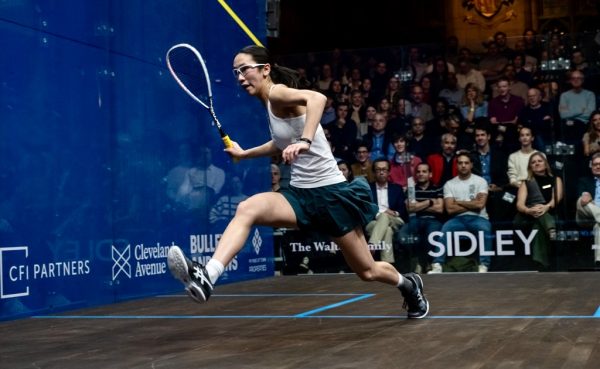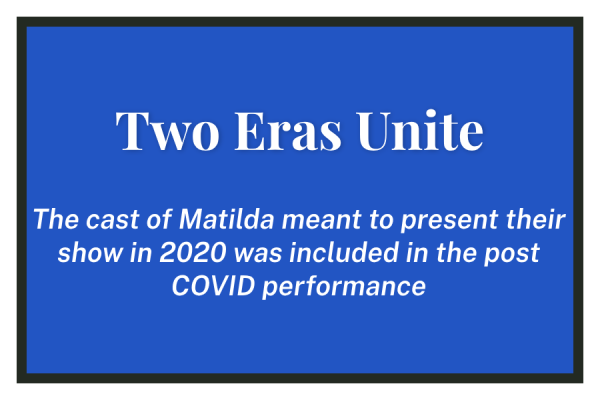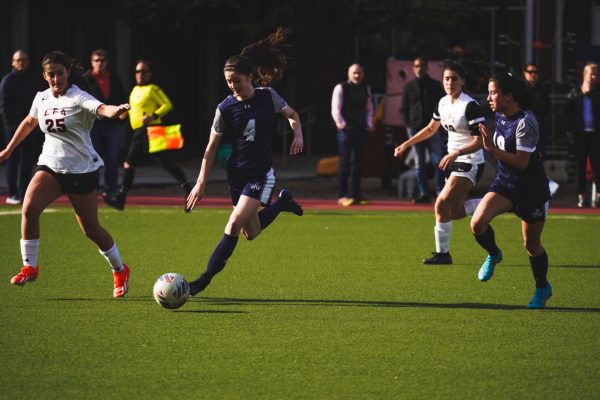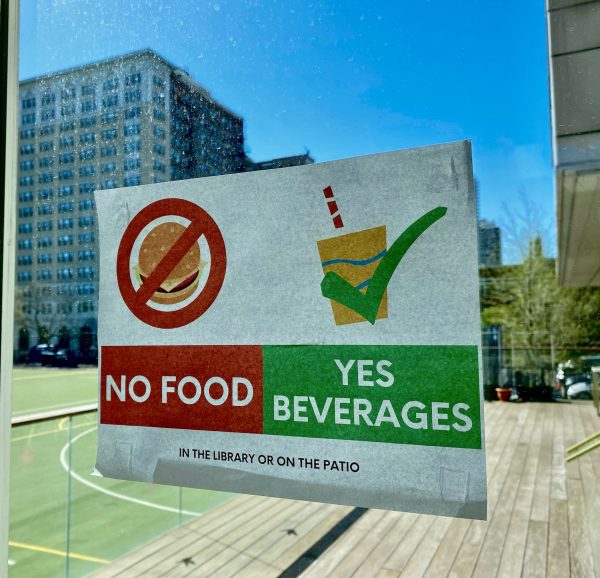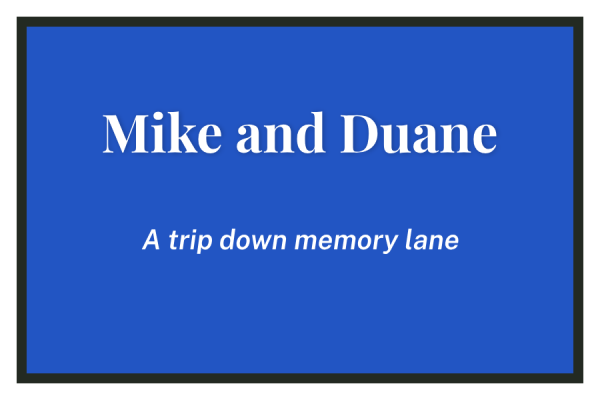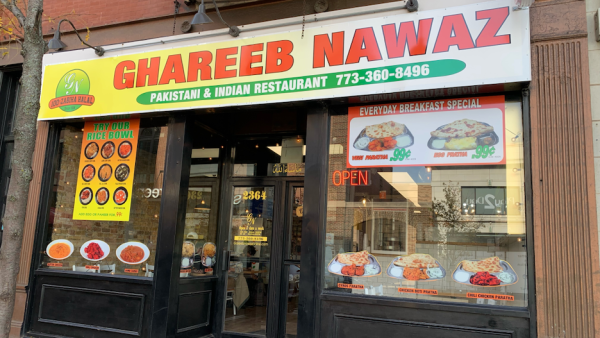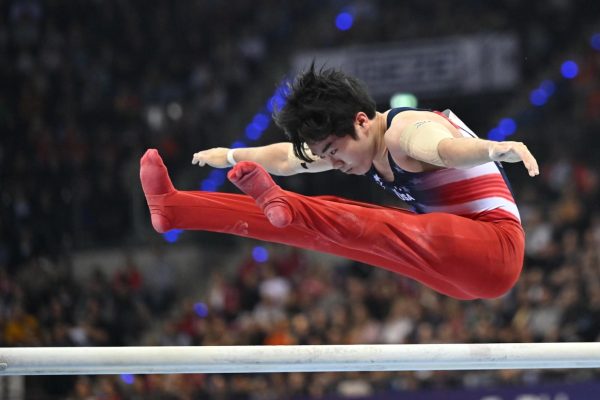Homicide in the Windy City
Chicago Ends 2016 With Record Number of Murders
Chicago ended the year 2016 with a staggering 762 homicides. This is the greatest number of murders in a year that the city experienced since nearly 20 years ago, and more homicides than New York and Los Angeles combined. Chicago reported 495 murders in 2015, showing a 54 spike in homicides over this past year.
On average, a shooting took place every two hours in 2016 mostly on the West and South sides. Englewood, West Garfield Park, Austin, and Humboldt Park are among the neighborhoods with the greatest concentration of murders. Around 275 of the 2016 homicides occurred no more than half a mile from the victim’s house.
Although the violence mostly occurs in Chicago’s poverty-stricken neighborhoods, areas near Parker have been subject too. Just one mile from Parker on the 1300 block of North Hudson, 17 year old twins Edward and Edwin Bryant were shot to death in October of 2016.
The new year has not shown to be more peaceful than last year for Chicago. As of January 29, Chicago has seen 47 murders in 2017. Two 38 year old men, Ali Mohamad and Maurice Delaney, were killed on New Year’s day. The shooting occurred on the 4600 block of north Broadway in Uptown, four miles from Parker.
The issue has drawn notice nationally, particularly from President Trump. “Chicago murder rate is record setting – 4,331 shooting victims with 762 murders in 2016,” Trump said on January 2. “If Mayor Rahm Emanuel can’t do, it he must ask for Federal help!” Trump on January 24 labeled the city’s violence issue as “carnage.”
According to the news and data analysis website FiveThirtyEight, Chicago had the eighth- highest murder rate among big U.S. cities in 2016, gaged by the number of murders per 100,000 citizens.
According to “The Chicago Tribune,” Chicago’s most violent neighborhood, Englewood, has a per-capita income of $11,993, with 21% of its residents unemployed. Lincoln Park’s per-capita income is $71,403. Four percent of residents in Lincoln Park are unemployed.
Several Parker students have been touched by the violence. Senior Chris Flores who lives in Ravenswood and frequently takes public transportation, recently witnessed a homicide, Flores said, “I was out celebrating my friend’s birthday.”
Flores was only a few yards from the crime. “In the alley of his house we heard gunshots, and police were everywhere,” Flores said. “It’s crazy, that could’ve been me.” The incident occurred close to the corner of Western Ave and Artesian Ave, in West Town.
Other Parker students have been touched by the violence, including freshman Alex Nikolaev. On January 23 Nikolaev, who takes public transportation to and from school, had gotten on the Clark 22 bus to get home after school, right in front of Parker and directly across the street from 7/11. Nikolaev said, “The guy who assaulted me was already on the bus when I got on at Belden.” Nikolaev takes the bus northbound toward Sunnyside in Ravenswood.
Nikolaev was punched about 10 times in the head by a man he describes to be around 25-30 years old, 6 feet tall, 300 pounds and of Latino descent. Nikolaev says he was knocked unconscious from the assault. “He just started punching me closed-fisted with something in his hand like keys or something,” Nikolaev said. “The bus driver wasn’t saying anything. He was just driving like nothing was happening.”
Nikolaev is unsure as to what the assailant’s motive was, but said he had been very loud and drew attention from all passengers on the bus. At the Irving Park stop on the bus, the assailant moved from the back of the bus to sit behind Nikolaev, close to the front of the bus.
“I think the bus was usually a safe experience,” Nikolaev said. “But the longer trips you take, the more risk you have of running into the wrong people.” Reflecting on the incident, Nikolaev offered advice to students who use public transportation.
“Everyone should always be aware of everything around them, even in Lincoln Park,” Nikolaev said. “If you feel uncomfortable, you should try as hard as you can to put yourself in a position where you become comfortable.”
Director of Civic Engagement Shanti Elliott attended a “Chicago Women Take Actions” (CWTA) meeting in Chicago on January 24 to discuss gun violence and police accountability in the ciry.
On January 1, Chicago Police Department Superintendent Eddie T. Johnson revealed new tactics the city would use to combat the bloodshed. According to Chicago News Station WGN, these tactics include bringing jobs to high crime neighborhoods, harsher gun laws on repeat offenders, and the mentoring of youth in areas of violence.
In a January 2017 interview with news station WTTW, Johnson was interviewed about Chicago’s historic violence. “In 2015 we were trending up,” Johnson said, referring to the homicide rate. “Long term, we need to invest in these impoverished areas.”
The city’s policing has been scrutinized for not helping with the violence in the wake of a formal investigation of the Chicago Police Department (CPD), that yielded racist patterns within the department.
The conclusions from the investigation to a change of leadership within the CPD. Former Superintendent Garry McCarthy was replaced by Officer Eddie T. Johnson in 2016. Although Illinois was the last state in the nation to allow concealed carry licenses, the city is still littered with illegally-owned firearms.




